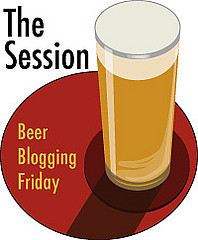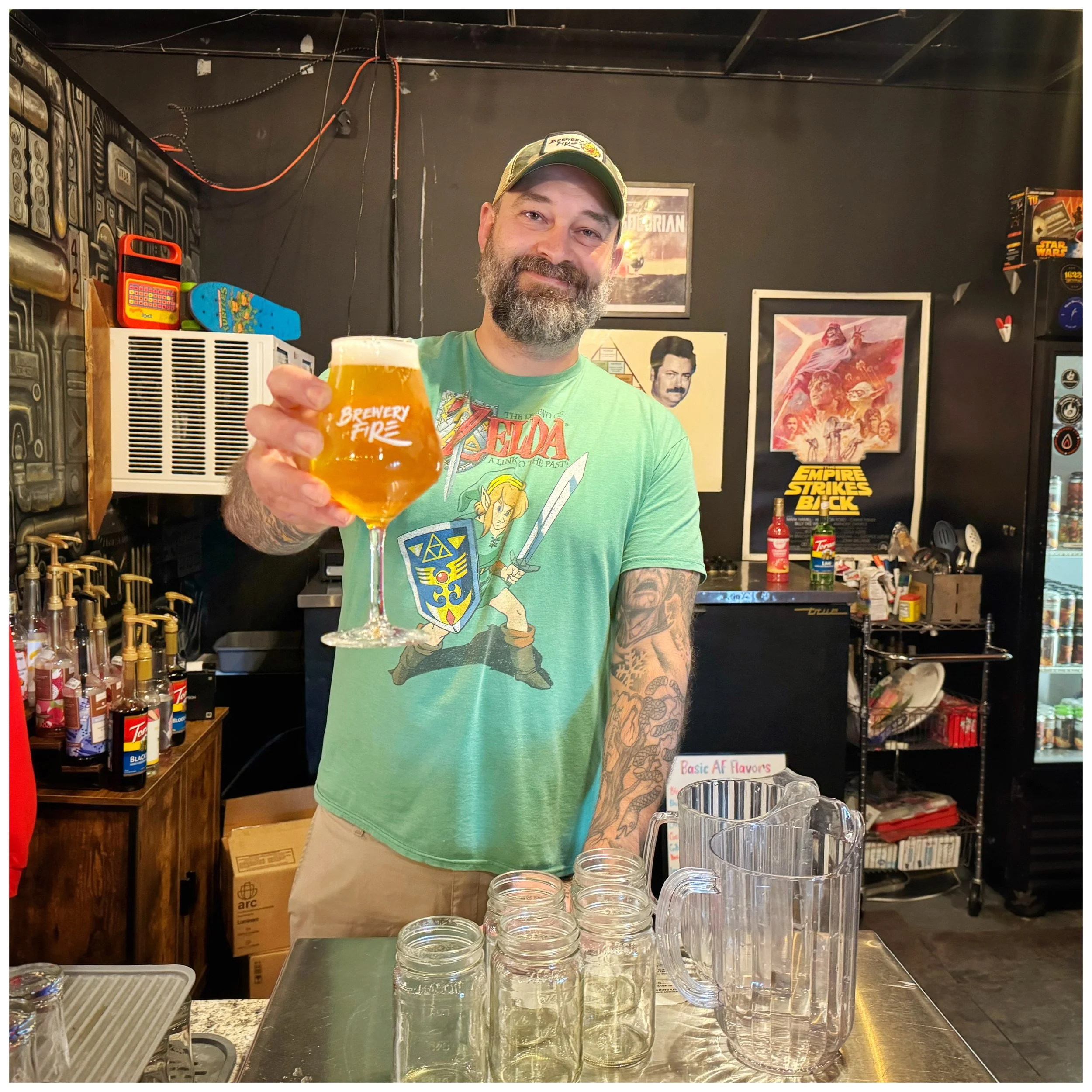THE SESSION #122— BEER BLOGGING FRIDAY The Session, a.k.a. Beer Blogging Friday, is an opportunity once a month for beer bloggers from around the world to get together and write from their own unique perspective on a single topic. Each month, a different beer blogger hosts the Session, chooses a topic and creates a round-up listing all of the participants, along with a short pithy critique of each entry.
This month's theme is Views on Imported Beer and is hosted by Christopher Barnes at I Think About Beer. The question posted by Christopher is based on the writer's location, either North America or otherwise:
- For American and Canadians: What place do imported beers (traditional European) have in a craft beer market?
- For Non North Americans: How are American beers (imported into YOUR country) viewed? What is their place in your market?
In The Beginning
It seems like so long ago now, probably because it was, when I first began exploring the world of beer. It wasn't anything like a study, but a casual curiosity. A good beer was Michelob, a special beer was Becks. I felt the need to stand out from my peers, so mine was the dark one. Imports were premium beers — for those who wanted to treat themselves to the finer things. I still remember my beer epiphany, the moment I had a really good beer. I've written about this before, but I do like to think about it again. A bar in Baltimore, a bit of time before a weekend conference, a bartender perhaps wanting to upsell me. Nonetheless, I was interested in learning more. So he suggested this English beer, Samuel Smith's Nut Brown Ale. Smitten, I was. After that, nothing was the same. It was difficult to find this beer, but I did. It was more expensive than my normal beer. So it was on special occasions I would bring home a 500 ml. bottle. That must have been around 1991.
Fast Forward
I began working in a local fine wine, beer and spirits shop that was opening just a few minutes from my house just over nine years ago. It was a move to help pay some schooling bills and thought to be a temporary job. I gave it two or three years. Right! That was nine years ago. Why am I still there? Well two things really, I enjoy the people and two, I enjoy learning about the stuff. All of it, wine, spirits and especially the beer. And the good beer (some call it craft) business certainly has changed over this time.
The more I learn about beer, the more I realize I don't know. There are many people who are willing to teach. And, I'll have to say, I've done a lot of study on my own. Grin!
So, good beer began with me as imported. Then the American scene has grown up, again. And we don't have to look across the pond to find good beer, there is plenty to be found on our own shores. And for that matter, right in our own backyard. It continues to surprise me the number of small town breweries are popping up. And they are producing some really good beer.
Do Americans Need Imported Beer
Do we still need to seek our "good beer" fix from imports? Of course not. But I still often do. That is, because the American beer scene has started a new beer revolution, that has caused me to learn more about the beer I'm drinking. And if you haven't noticed, many of those great American beers have Old World names, referring to the classic European styles from our brewing legacies. Oatmeal stout, kolsch, altbier, gose, guese. Check out the Beer Judge Certification Programs list of beer styles. How many were founded in Europe and are now taking on an American swagger.
Last year we celebrated the 500 year anniversary of the Reinheitsgebot, aka the German Purity Law of 1516. Some of the interviews of contemporary German brewers described were how hand-tied they felt from the restrictions of that law and the need to brew to those simple list of ingredients to remain in the German brewery associations. They wanted to break out and explore the world of ingredients like many of the new American brewers. Sam Calagione of Dogfish Head stated in an April 2016 The Daily Meal article that, "The reinheitsgebot is nothing more than modern art censorship."
Now that the good beer movement has introduced and attracted partakers to what well made beer is like, many are willing to venture beyond the IPA and discover the classic styles, whether from to old-country or domestic versions. Pilsner is making a comeback in America. Of course it is, it is a great beer.
So yes, imported beer does matter. It is a great teacher of history, technique, ingredients and geography. For example, as much as you hear about terroir is important to wine, the same holds true with beer. Try an American made pilsner, then have one from Germany or a Pilsner Urquell from the Czech Republic. Same style, far different beer experience.
I recently taught a beer tasting class where the focus was on four iconic beers, three of which were imports. The purpose being that many of the beers we enjoy today have a lineage back to Europe. In order to fully appreciate the beer being produced and offered in pubs and bottle shop today, it is best to understand from where they came.
Final Thoughts
The era of industrial American light lager not only reduced the choices of what beer drinkers were offered, it turned many off to beer, period. With the establishment — or re-establishment — of an American good-beer industry and culture, beer drinkers are exploring and expanding their tastes. And while Americans are being introduced to classic styles after our IPA binge, brewers are leading the way with their versions of the classics, take the list of gose that has been introduced and become so popular during the last few years. The concern that foreign brewers are keenly aware, are the Americans are doing such a good job of it!
























